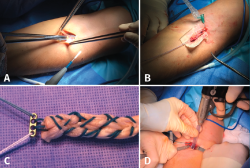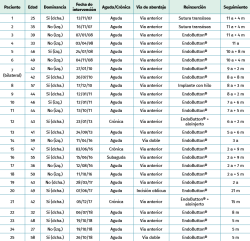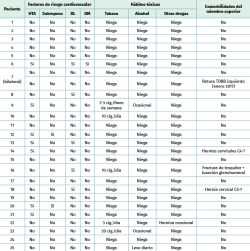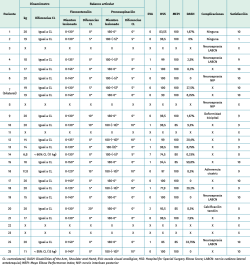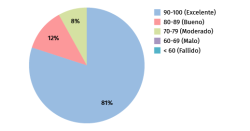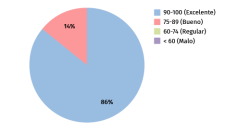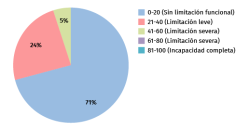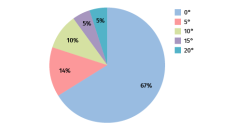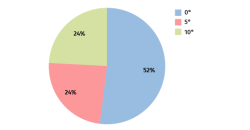Resumen
La rotura del tendón distal del bíceps braquial (TDBB) tiene una incidencia de 1,2 casos por 100.000 pacientes/año. El tratamiento quirúrgico incluye varias técnicas según la vía de abordaje (única, doble) y métodos de reinserción, sin haberse demostrado clara superioridad entre ellas.
El objetivo de este estudio es evaluar los resultados obtenidos con la técnica empleada en nuestro centro, la reinserción con EndoButton® y abordaje anterior único, en los pacientes intervenidos entre 2007 y 2018, con un periodo mínimo de seguimiento de 5 meses.
Se realizó un estudio retrospectivo descriptivo de 25 pacientes. Cinco de ellos no pudieron ser entrevistados para este estudio, por lo que se registraron los datos recogidos en la historia clínica hospitalaria. De los 20 restantes, 16 fueron evaluados personalmente con las maniobras exploratorias y los cuestionarios que se describen en el artículo. Los 4 restantes fueron entrevistados telefónicamente.
Los resultados en el Hospital for Special Surgery (HSS) Elbow Score y el Mayo Elbow Performance Index (MEPI) fueron de 74,5/80-100; una limitación leve o ausente en el Disabilities of the Arm, Shoulder and Hand (DASH), reconociendo una puntuación media de 0-2 puntos en la escala visual analógica (EVA) del dolor. Aproximadamente el 50% de los pacientes presentaron una limitación de 10-20° para la supinación, notificándose 2 neuroapraxias temporales del nervio interóseo posterior (NIP), 4 del cutáneo lateral antebraquial y una calcificación del tendón reinsertado.
Los datos obtenidos concuerdan con la bibliografía consultada, avalando la mejoría objetiva y subjetiva en la práctica totalidad de los pacientes intervenidos mediante la técnica descrita y siendo bajo el índice de complicaciones.
Abstract
The incidence of distal biceps brachii tendon rupture is 1.2 cases per 100,000 patients/year. The surgery possibilities include a lot of techniques according to either one or two-incisions and the fixation method, it still has not been proven superiority between them.
The aim of this study is to evaluate the results obtained in the patients attended in our center between 2007-2018 after surgical anatomic reinsertion using EndoButton® fixation through one unique anterior incision with a minimum follow-up period of 5 months.
The study was a descriptive and retrospective cohort based in a sample of 25 patients. Five of them weren’t be available to be personally interviewed and their data where obtained from clinical histories. Of the remaining, 16 where personally evaluated by the exploratory methods and scores included in the study. The 4 last where interviewed by phone.
The HSS Elbow Score and Mayo Elbow Performance Index (MEPI) results where 74.5-80-100; none or mild limitation in the Disabilities of the Arm, Shoulder and Hand (DASH); referring a minimum pain between 0-2 points in the visual analog scale (VAS). Around the half of the sample reported a 10-20° limitation of the supination, with 2 temporal neuroapraxias of the interosseous posterior nerve and four of the antebrachial lateral cutaneous nerve and one calcification in the tendon reinserted.
The results are similar with the bibliography, supporting the objective and subjective improvement in practically all the operated patients with the technique described with a minimum of complications.
Artículo
Figuras y tablas
Referencias
Descargas
Licencia
Este contenido es de acceso abierto (Open-Access) y se ha distribuido bajo los términos de la licencia Creative Commons CC BY-NC-ND (Reconocimiento-NoComercial-SinObraDerivada 4.0 Internacional) que permite usar, distribuir y reproducir en cualquier medio siempre que se citen a los autores y no se utilice para fines comerciales ni para hacer obras derivadas.
